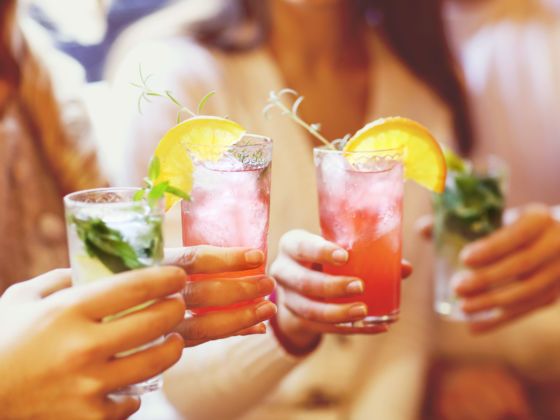Few spirits are as English as gin. In the 18th century, England experienced a period of dangerous consumption known as the Gin Craze. Then, in the mid-1800s, British sailors began mixing it with tonic water, inventing the now ubiquitous gin and tonic. Today, gin is still the most popular spirit in England — outselling even whiskey.
That’s the history of gin that most people know. But there’s another, less-recognized, layer to the story. It starts with sloe, a marble-sized plum-like berry that grows in blackthorn bushes all over England. In the 17th century, these thorny bushes became hedgerows that naturally fenced and protected private property.
